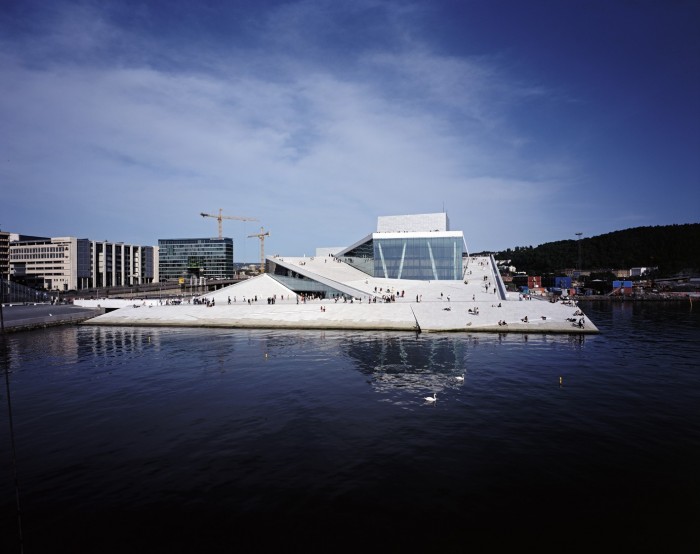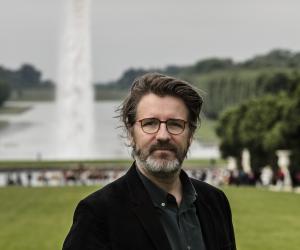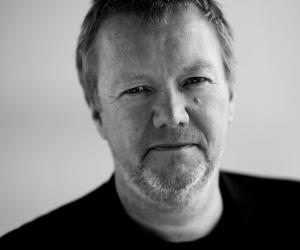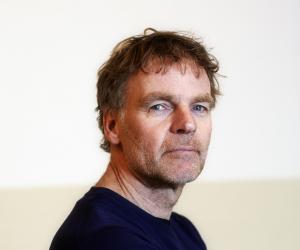
For the 2017 Design Indaba Conference, we’ve gathered some of the world’s pioneers in creativity and innovation whether it be in the business industry, technology or social design. The common thread for this particular list? Architecture. There’s a multiplicity in architecture – it not only shapes our world in a way that is beneficial but it can also exclude and create division. Not only is it a discipline in its own right, but it also informs and shapes other creative disciplines. What’s certain is that architecture will be the driving force of our futures whether it be vertical, underground, on Mars or simply in the form of design thinking.
Architecture has the ability to shape human behaviour. It does this by questioning, rethinking and redesigning our physical norms. This interrogation is all too present in the work of Winy Maas, co-founder of MVRDV and The Why Factory. The Dutch architect and urban planner begins each project with the question, “What If?”, using this cross-examination to visualise the cities of the future.
Like Maas, Kenyan photographer Osborne Macharia uses his craft to bring his visualisations to life. With a background in architecture, this self-taught commercial and conceptual artist creates award-winning digital art such as the Mengo Fightclub series, Kenya’s League of Extravagant Grannies, and his latest work, KIPIRIRI 4, a tribute to Kenya’s unsung female freedom fighters.
At the same time, architect and co-founder Kjetil Thorsen harnesses digital technology to design some of the world’s most notable public and cultural projects including thought-provoking installations and treetop bedrooms with Snøhetta, an architecture and landscape design studio founded in 1989.
And finally, architecture creates art but the skill of architecture also informs artists who may not have a background in architecture. Icelandic-Danish artist Olafur Eliasson is known as one of the most influential artists of our time. His large-scale installations are known for their poignant explorations of social issues like climate change. Tapping into a myriad of creative disciplines, Eliasson’s work is overtly political and designed to bring about real change.









